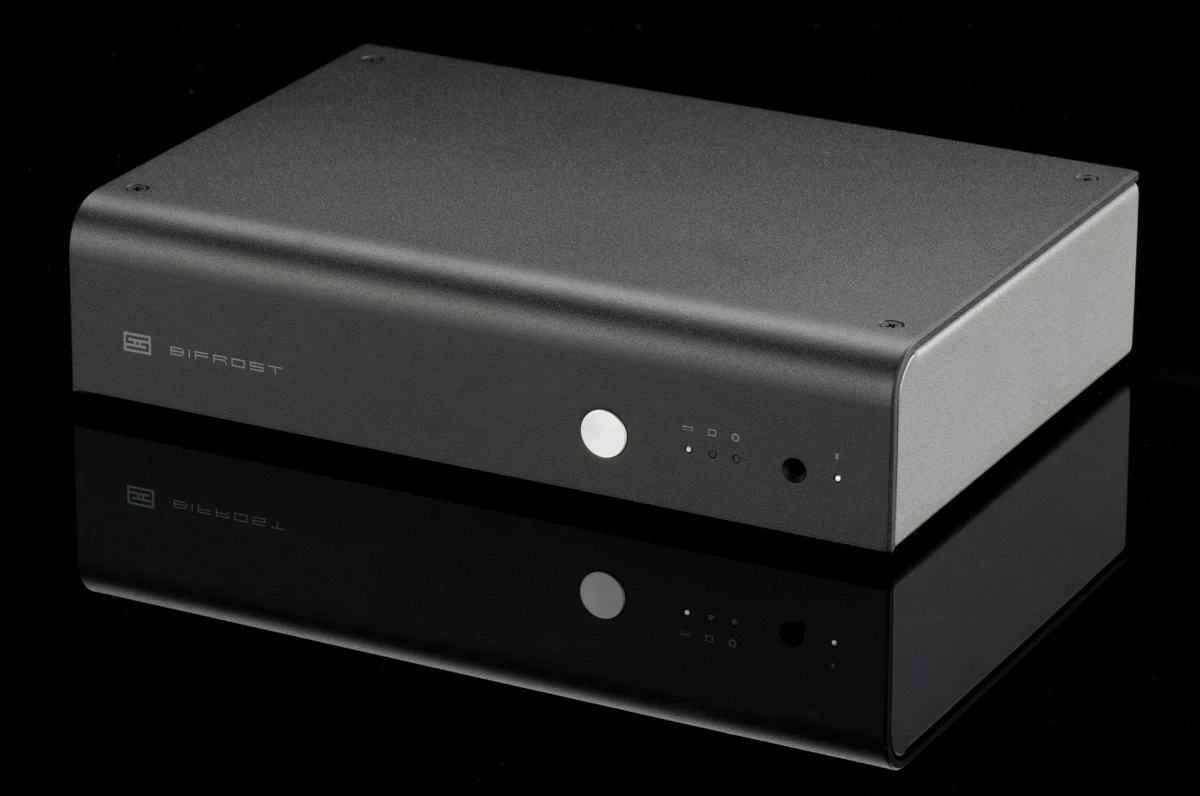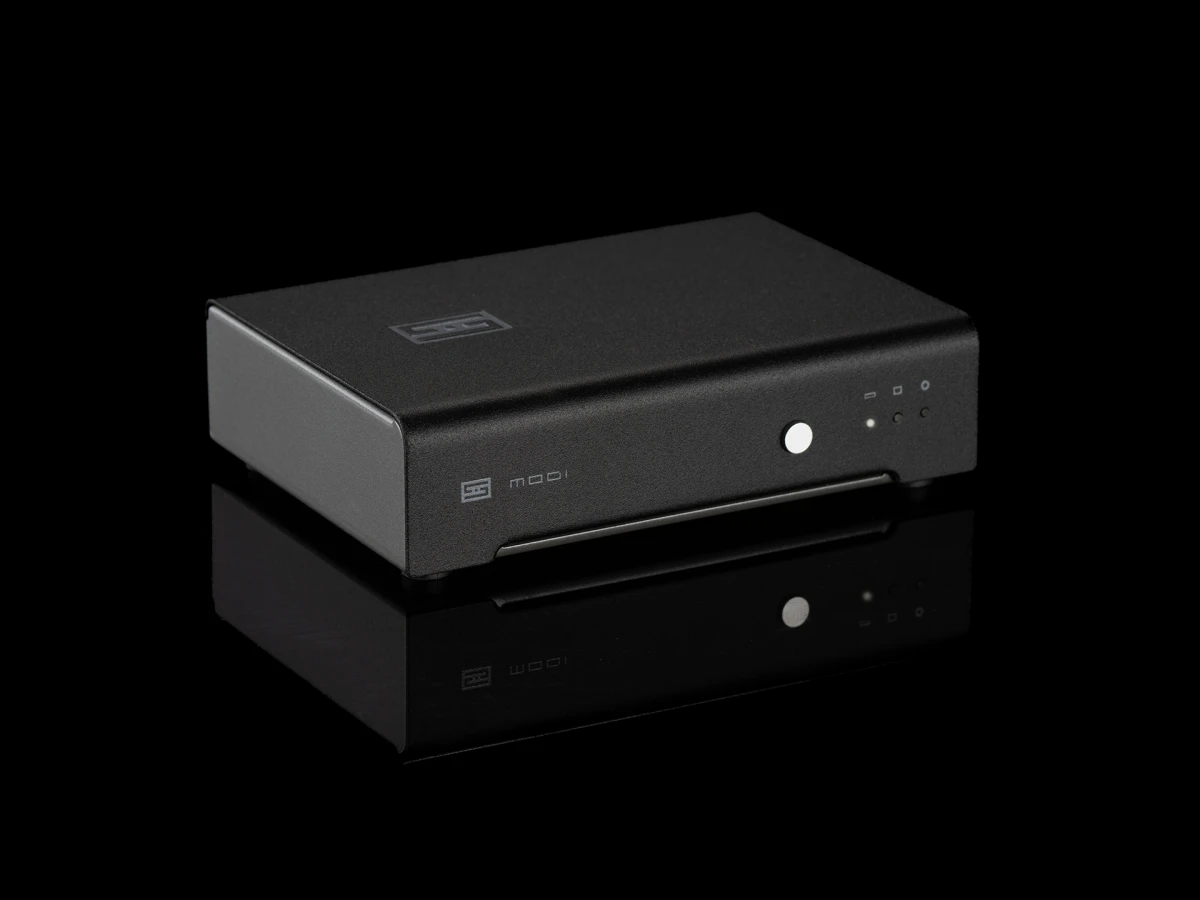DACs — Schiit Audio YGGDRASIL
Description, images, technical data and specifications
Schiit Audio YGGDRASIL
Image source — © Schiit Audio
Schiit Yggdrasil 1 is the flagship multi-bit DAC from the American company Schiit Audio, built on four precision Analog Devices AD5791 chips (two per channel), which provides real 21-bit resolution and signal conversion accuracy.
Specifications
Model name
YGGDRASIL
Conversion type
N/A
Engine
N/A
DSD compatability
N/A
Parameters
up to 24 bit / 192 kHz
Frequency response low +/- 3dB (Hz)
20
Frequency response high +/- 3dB (Hz)
20 000
Gain (dBu)
N/A
Output Level (balanced) (V)
4
Output Level (single-ended) (V)
4
Input Impedance (balanced) (Ω)
N/A
Input Impedance (single-ended) (Ω)
N/A
Output Impedance (balanced) (Ω)
75
Output Impedance (single-ended) (Ω)
75
Analog outputs
N/A
Signal to Noise Ratio (dB)
>110
Total Harmonic Distortion + Noise (% at 22 kHz)
<0.002
Dimensions (mm)
406 x 330 x 73
Weight (kg)
11.3
Official link






